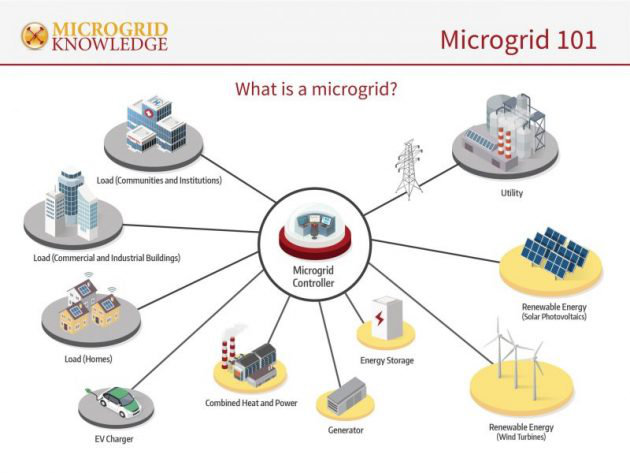Economy and supply chain
Inflation hit its highest level in 40 years. The S&P 500 will drop 11% by the end of 2022 due to inflation shock. A lot of previous recessions have been preceded by inflation spikes, like in the late ’60s, early ’70s, and 2008.
OPEC cut its forecast for world oil demand by 480,000 bpd, blaming the invasion of Ukraine, rising crude prices, and the resurgence of the Omicron coronavirus in China.
Biden will let more ethanol into gas this summer, in an attempt to lower prices. Here’s how much gas has cost since 1978:
Here's how much gas cost every year since 1978. https://t.co/a4AiArNQtP pic.twitter.com/RcFEOHEMak
— CNBC Make It (@CNBCMakeIt) April 13, 2022
The European Parliament called for an immediate and total embargo of Russian oil, coal, nuclear fuel, and gas. Economists say that Russain’s war in Ukraine means Europe’s economy won’t get back to normal.
Inflation in the UK reached 6.2% and is expected to rise further. The public sector’s wages rose, but price rises outpaced them. That meant a 3% drop in spending power, the biggest in 20 years.
Sri Lanka is about to go bankrupt, and the government is turning to India and China for help with fuel and food shortages.
Fertilizer prices have increased by 43% and many look to liquid animal manure as a substitute. Poop and ash may eventually make up for fertilizer shortages.
Manufacturers, retailers, and seafood distributors have increasingly been using air cargo planes to get stuff delivered faster. Demand has grown so fast that airlines, ocean shipping companies, and aircraft manufacturers have begun to invest heavily in new air cargo planes or in converting existing passenger planes to carry only cargo.
Truckers are blocking the border with Mexico over inspections ordered by the Texas governor. Protestors are threatening supply chain delays and even produce delivered in unrefrigerated trucks.
Climate change, ecology, and extreme weather
The 2022 Atlantic hurricane season is predicted to be more active than usual and emergency management specialists are urging people to start preparing now. Here’s our guide on how to prepare for and survive hurricanes.
Extremely active Atlantic hurricane seasons are now twice as likely as in the ’80s. Even though the number of hurricanes may not go up drastically due to climate change, the storms themselves have been getting stronger and more destructive (i.e. 11% more rainfall over three-hour periods).
Record snow, tornadoes, and wildfires have hit the US just recently. The Indian Ocean has been inundated with deadly tropical storms, coming at such a fast pace that millions of people repeatedly faced deadly threats in just six weeks. Durban, SA has been battered by three cyclones and two tropical storms since the beginning of the year, causing almost 260 deaths.
Climate scientists say 380 million people will face ‘water stress’ by 2050. Increases will be concentrated in the Middle East, North Africa, and south and central Asia.
Climate change is also threatening septic tanks. About 20% percent of US households rely on septic, and many systems are in coastal areas that are experiencing a sea-level rise. The results: backed-up pipes and stinky yards.
Not everyone believes in climate change, even in the face of it:
🌊 It's hard to ignore climate change when it's knocking at your front door.
🇺🇸 But as rising seas and stronger storms threaten Virginia’s Tangier Island, some residents are skeptical about the #ClimateCrisis.
Their homes could be wiped out yet they're set on staying. Why?🧵 pic.twitter.com/kespWuPW2k
— Context Climate (@ContextClimate) April 13, 2022
Bringing back California’s floodplains is rejuvenating the native fish population, which was dying off because of extensive farming and drought.
Cleantech
Wind power produced more electricity than coal and nuclear sources for the first time ever in the US.
Bidirectional charging could turn an electric vehicle battery into a miniature power plant for your home. GM and Honda will develop an affordable, sub-$30,000 EV by 2027. Quantum Motors is bringing tiny EVs to Latin America, tapping into Bolivia’s massive lithium deposits.
A solution to the drought in the West could be mini desalination plants that run on solar power.
Why you should start a community microgrid:
- They can protect communities from blackouts when the central power grid goes down.
- Renewable energy has gotten cheaper, so a microgrid is more affordable than ever.
- Many states offer rebates that can cut installation costs in half.
Here are some community microgrid configurations, and here are instructions on how to build a private microgrid for less than $1,000.

Europe and the US are developing kite power. Kite wind farms could be built on land that isn’t windy enough for conventional turbines. But airborne wind energy still has lots of technical and commercial hurdles to overcome.
Stanford University’s engineers have developed a solar cell that can generate power at night.
Google plans to use 100% carbon-free energy in its data centers by 2030.
Covid
There are now over half a billion Covid cases in the world. According to WHO, the virus’ acute phase will be over by 2022 if 70% of the world gets vaccinated. So far, 65% of the world’s population has had at least one dose. As many as 200,000 US children have lost a parent to Covid.
The CDC extends travel mask requirements for public transit and air travel until May 3.
Fauci says individuals need to assess their own risk amidst an uptick in new cases:
Dr. Anthony Fauci says Americans should continue assessing risk for themselves as COVID-19 cases rise.
“We don't want to pooh-pooh getting infected. I think people sometimes say, ‘Well, it's OK to get infected.’ No, it's not.” https://t.co/zflprqby1f pic.twitter.com/BGC5Z9fr2A
— ABC News Politics (@ABCPolitics) April 10, 2022
Covid resources:
- Check your local community levels (i.e. will I get a hospital bed if I get sick?, not ‘how much Covid there is around’)
- Wastewater surveillance data
- Hospitalization data
- Quarantine or isolate? calculator
- Where to find treatments, vaccines, and tests
The rest
Russia threatens new nuclear deployments if Sweden and Finland join NATO.
The EU is building the biggest facial recognition system on the planet.
More in the news about the recent increase in interest in bunkers.
Opinion: Collapse won’t reset society.

You are reporting the comment """ by on